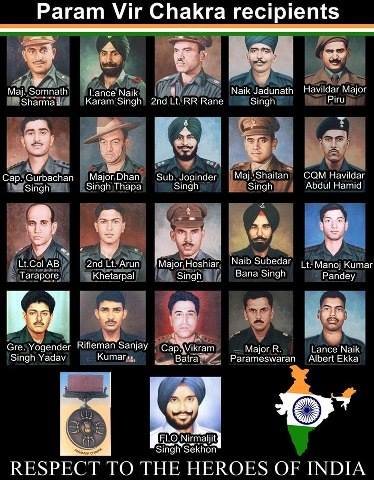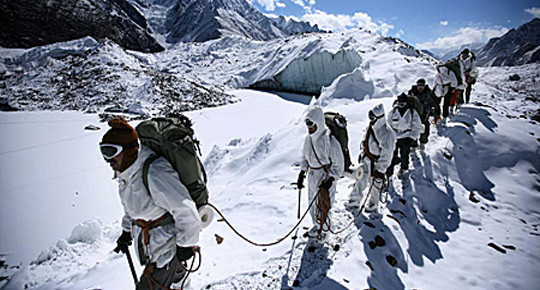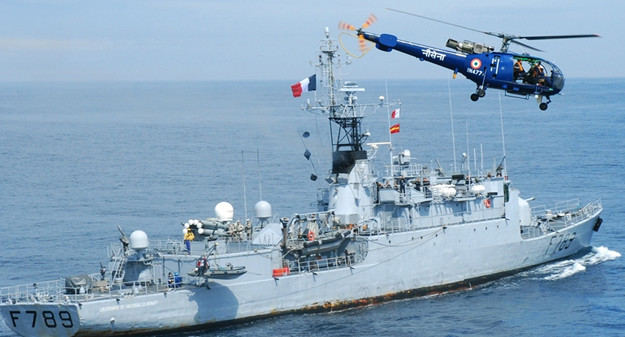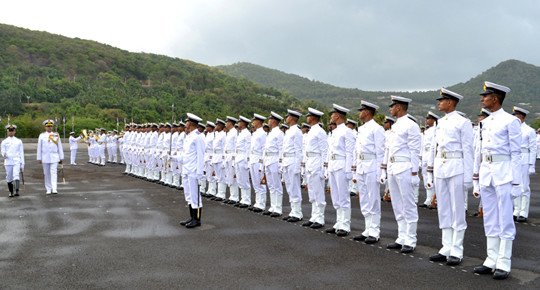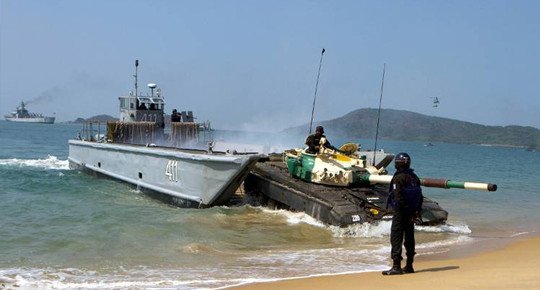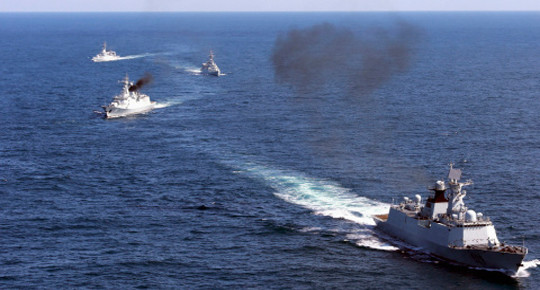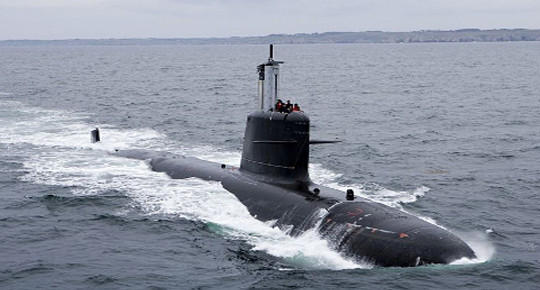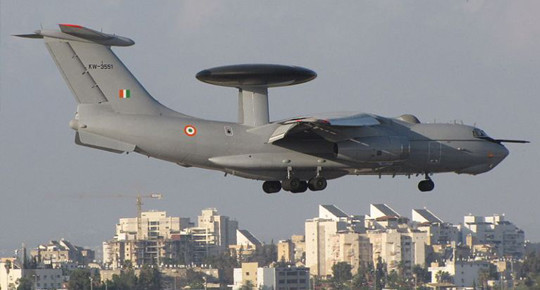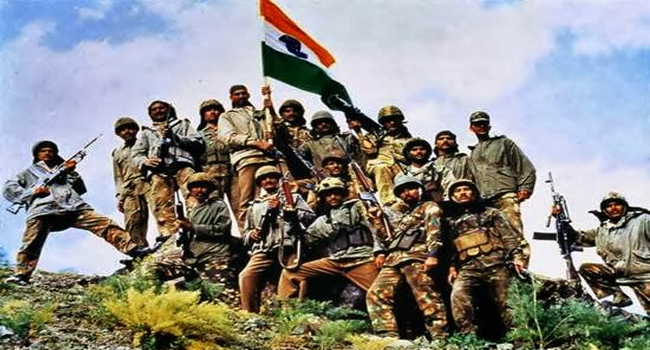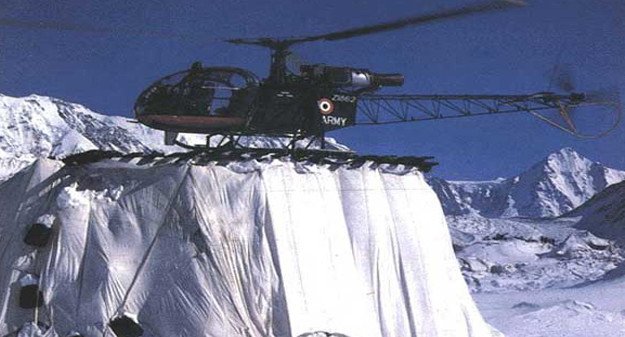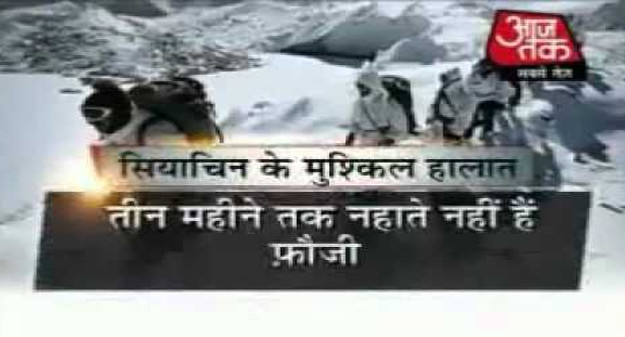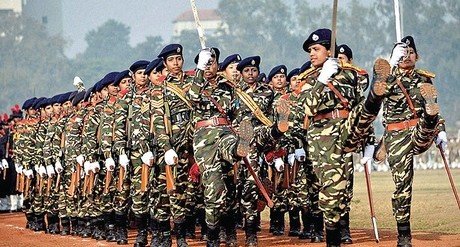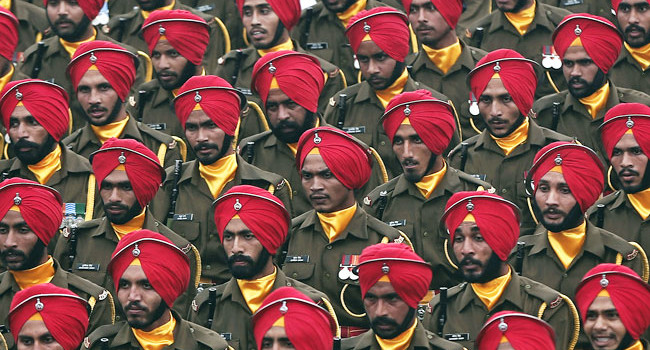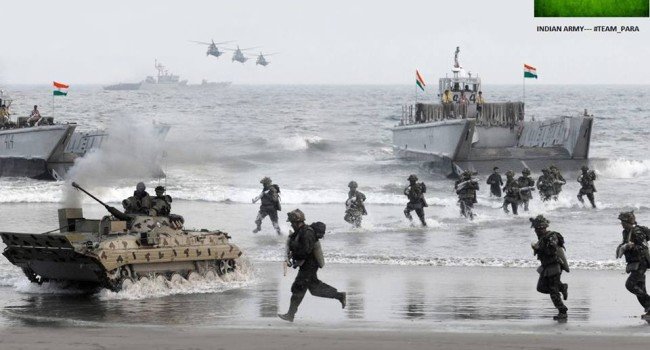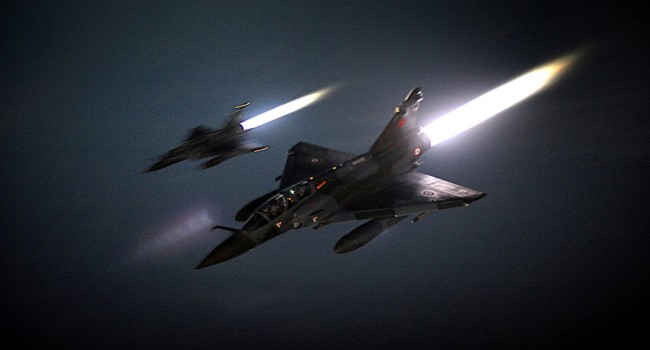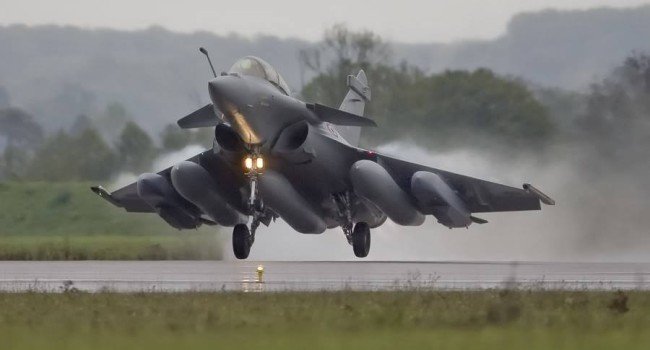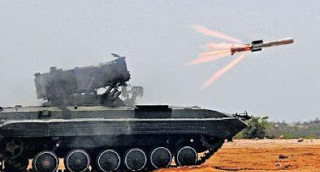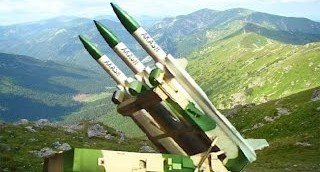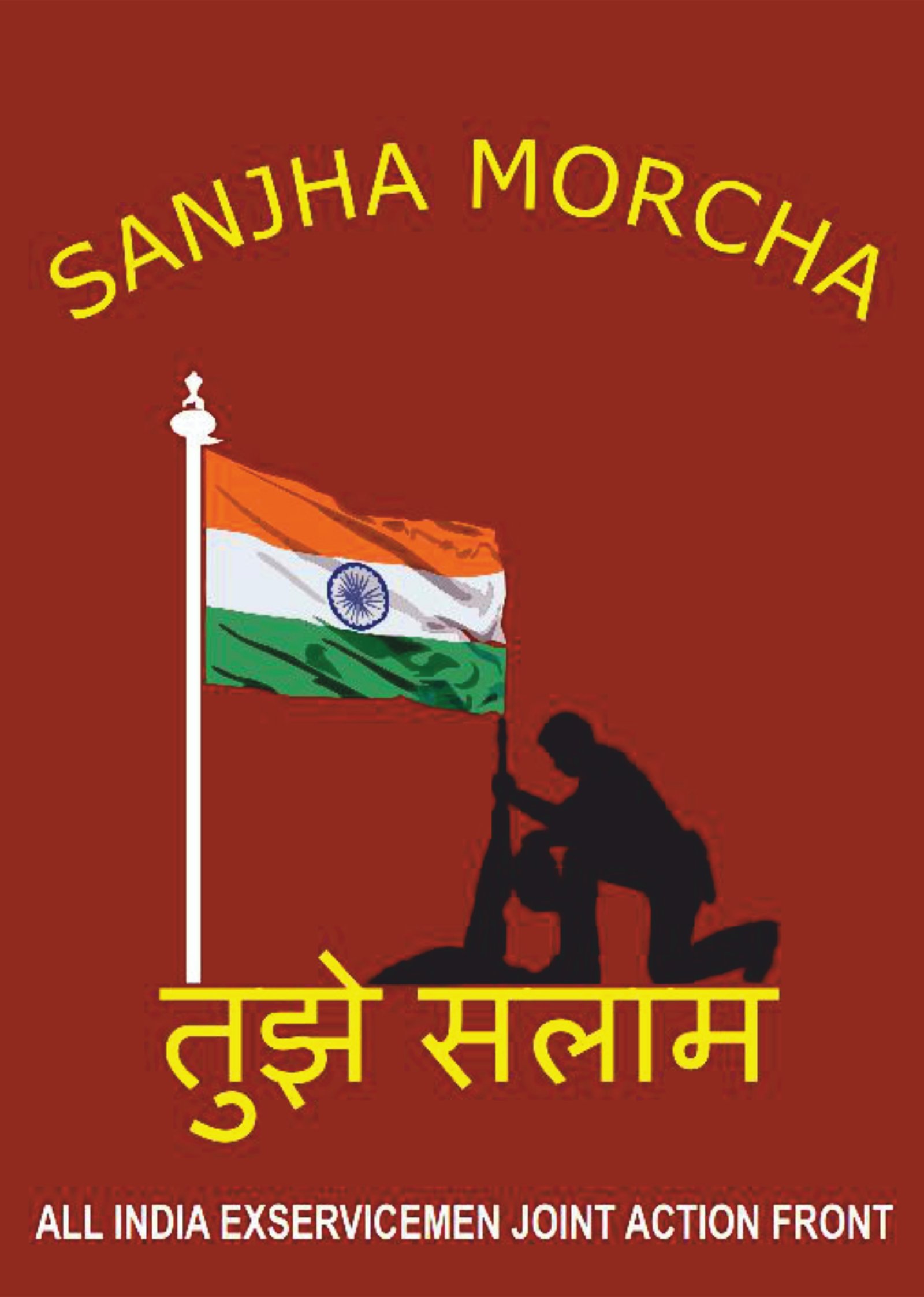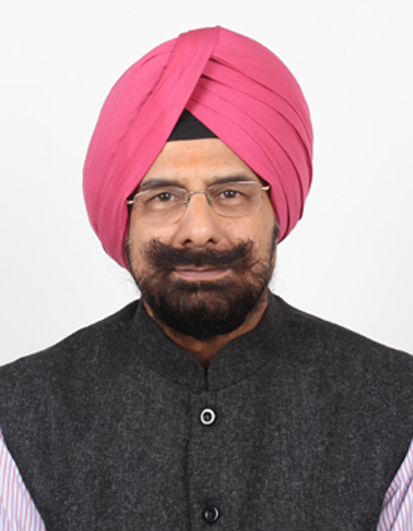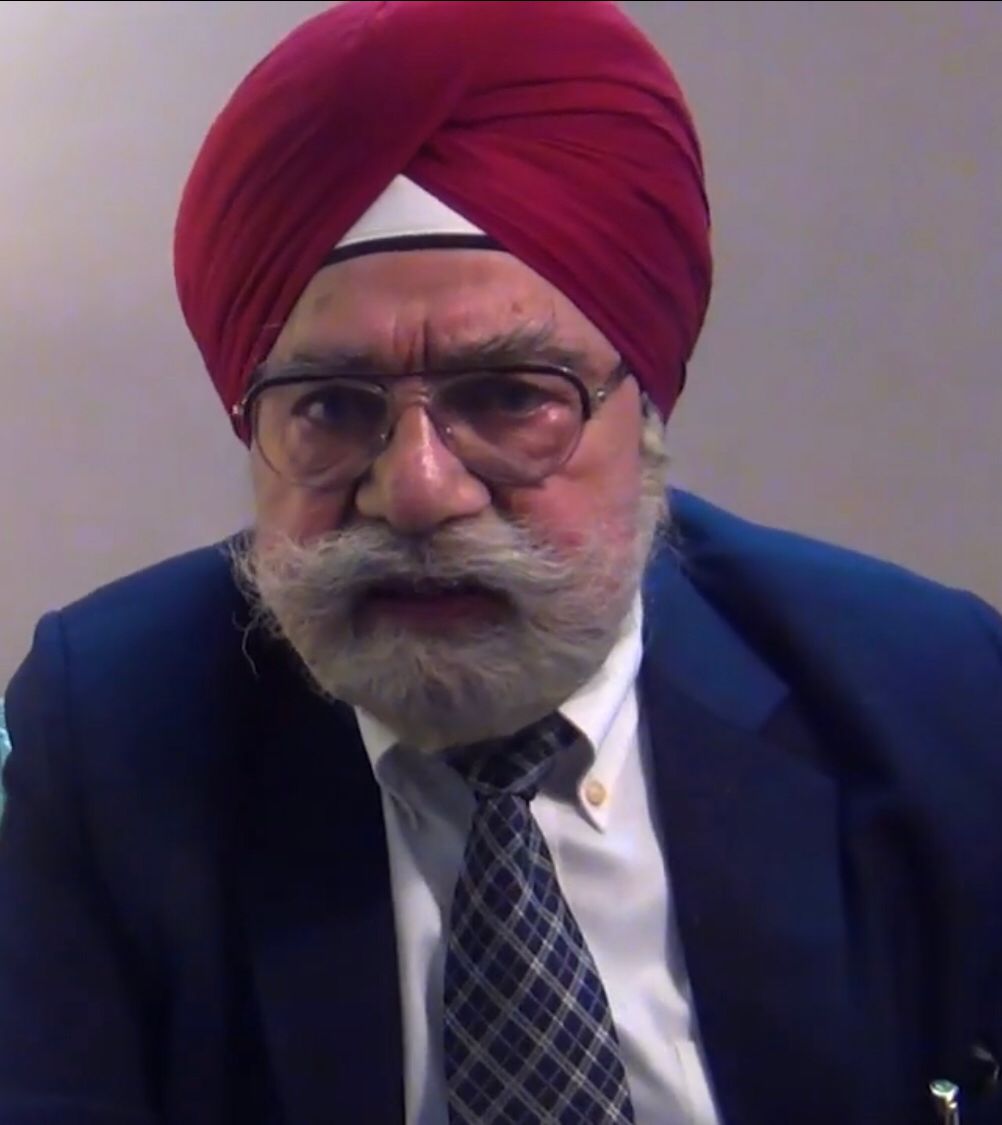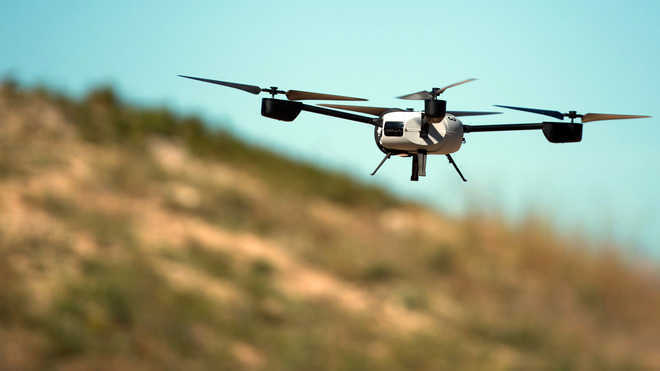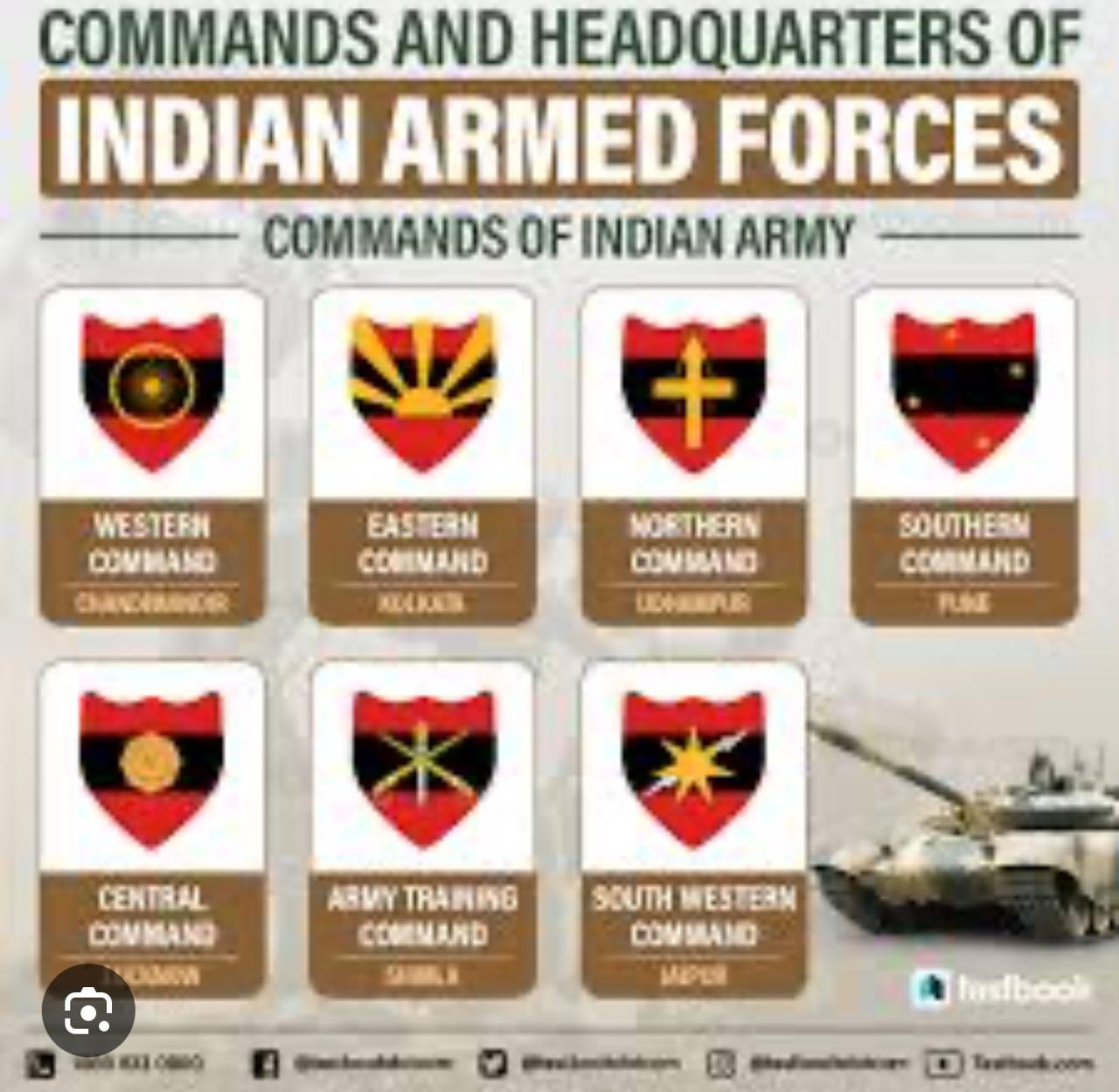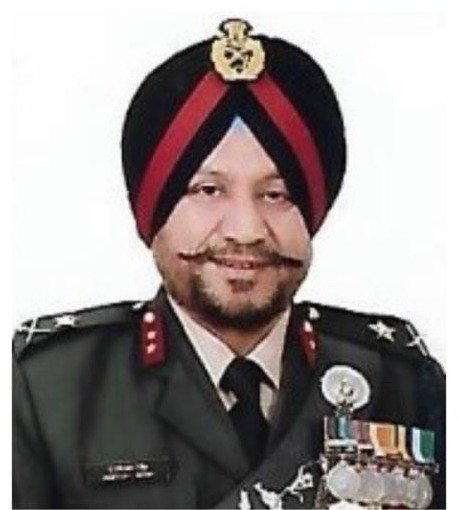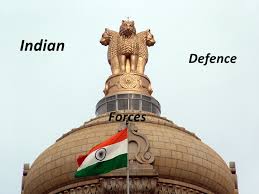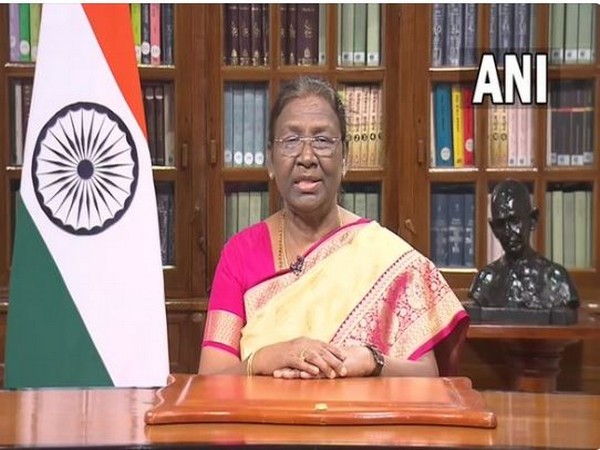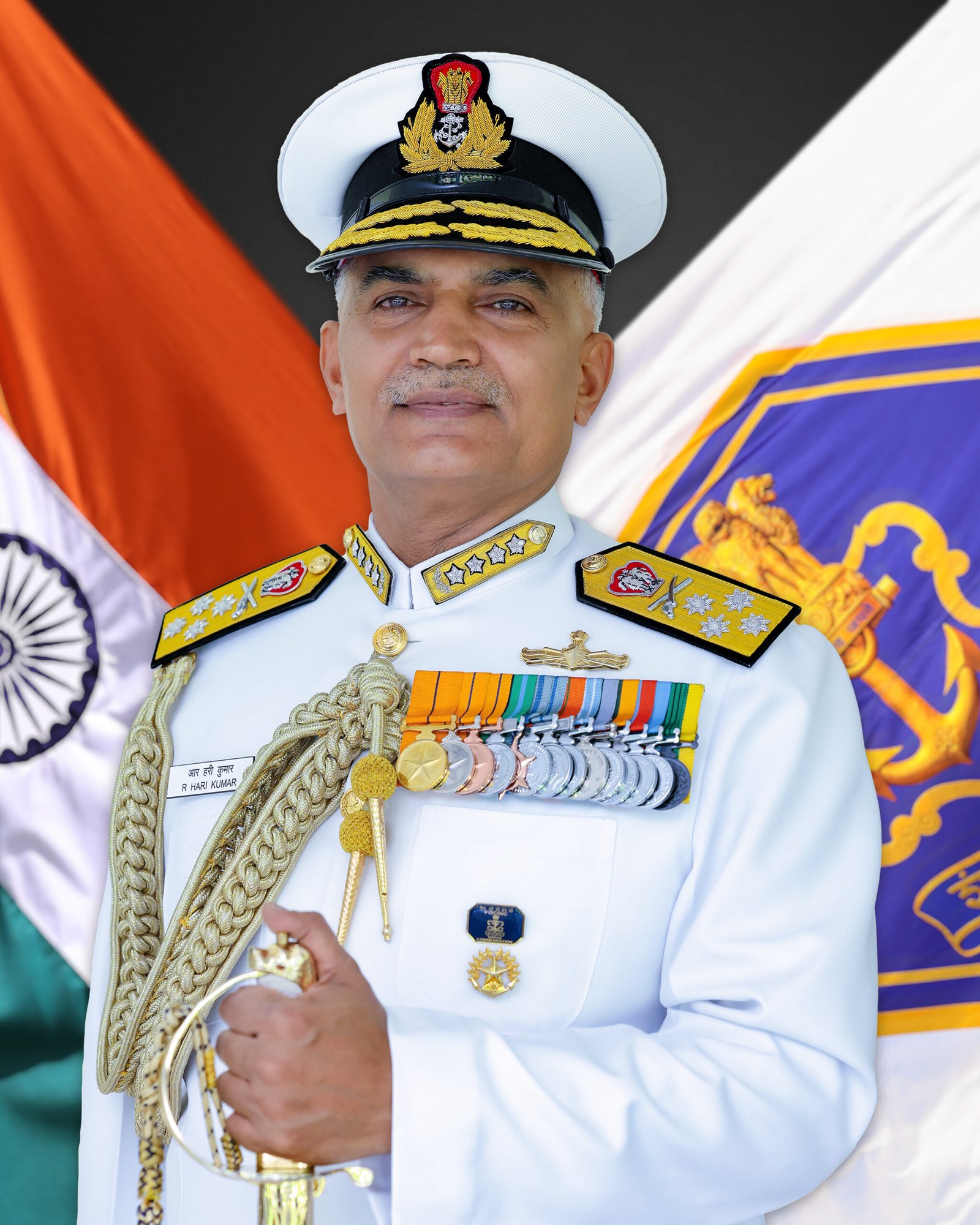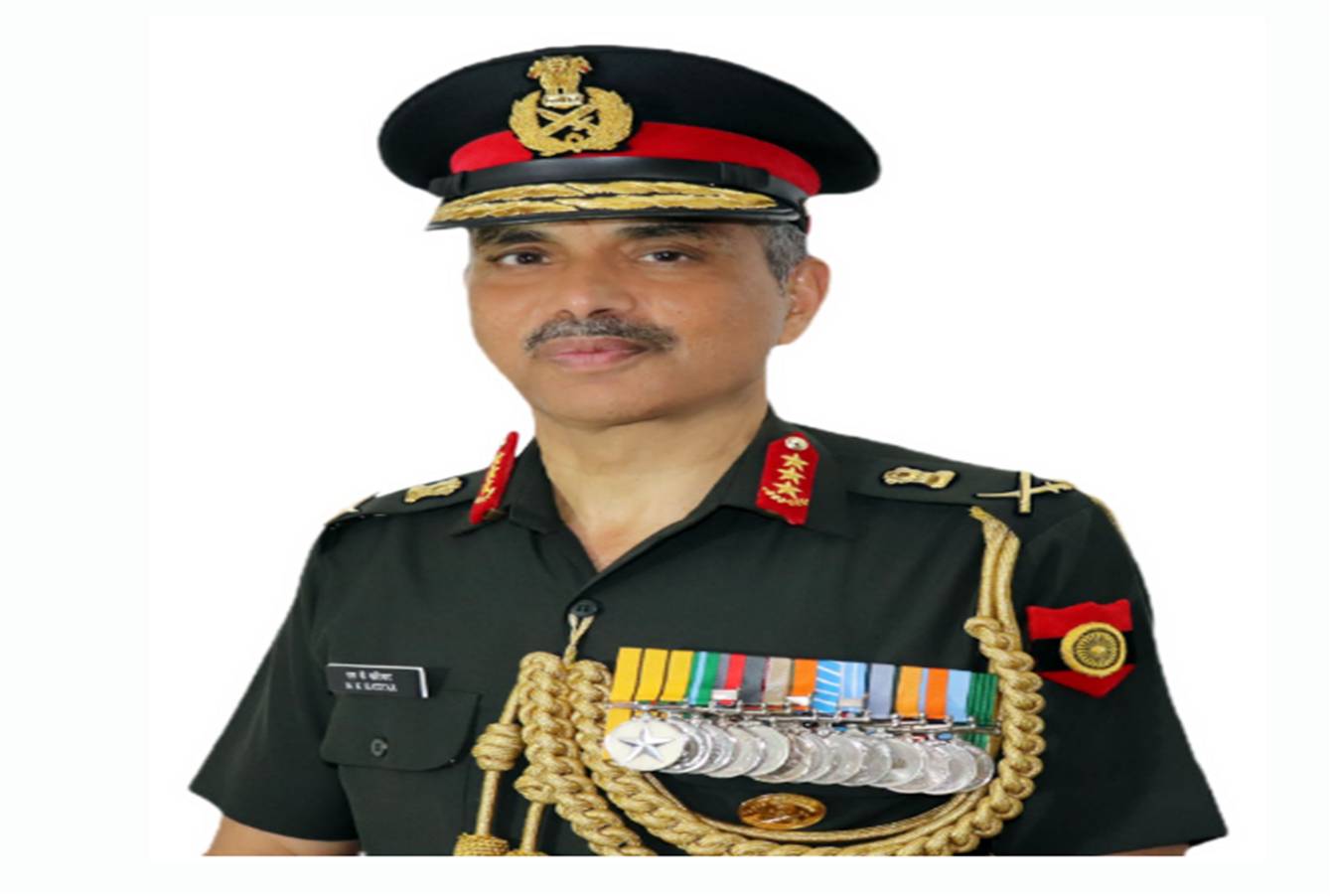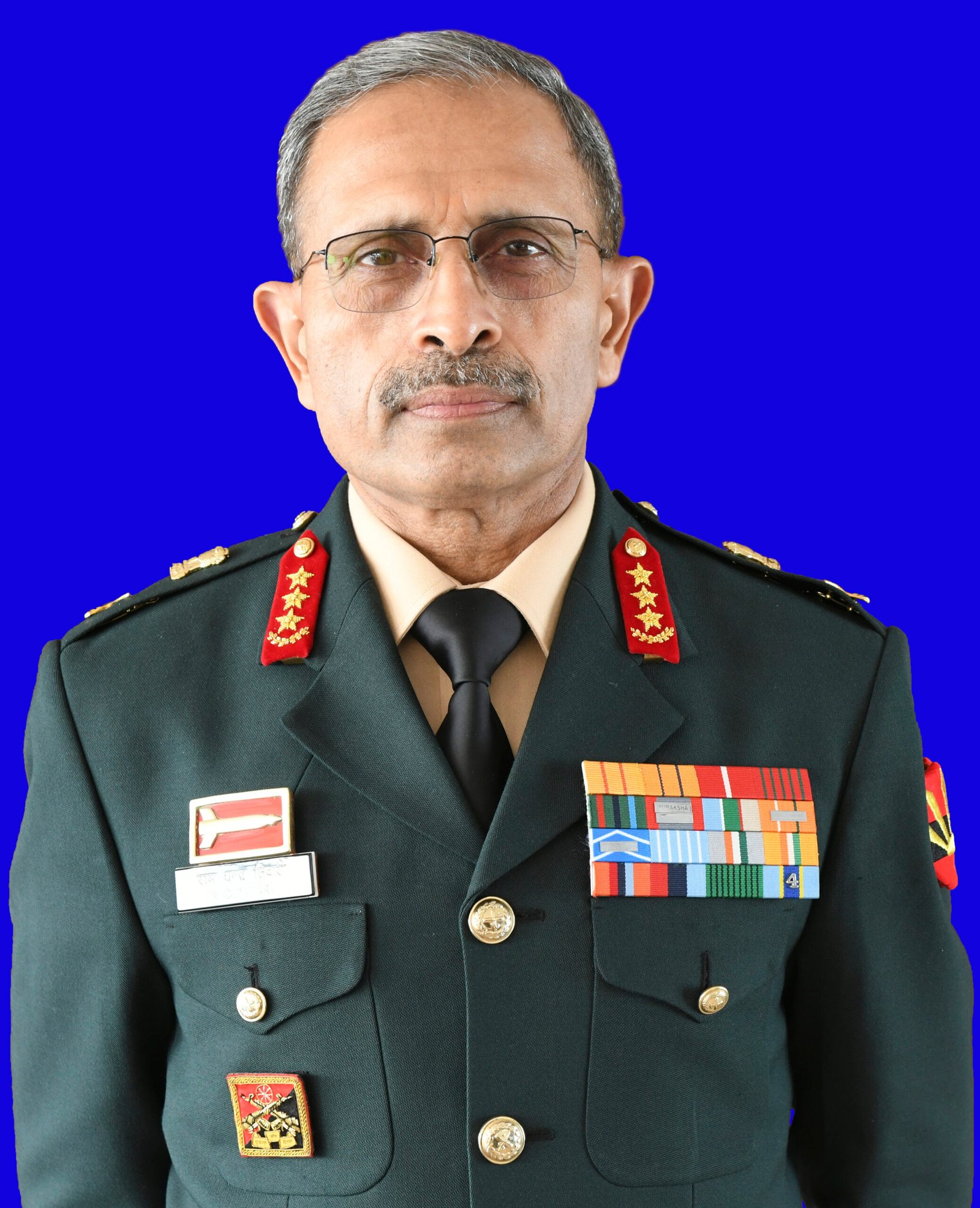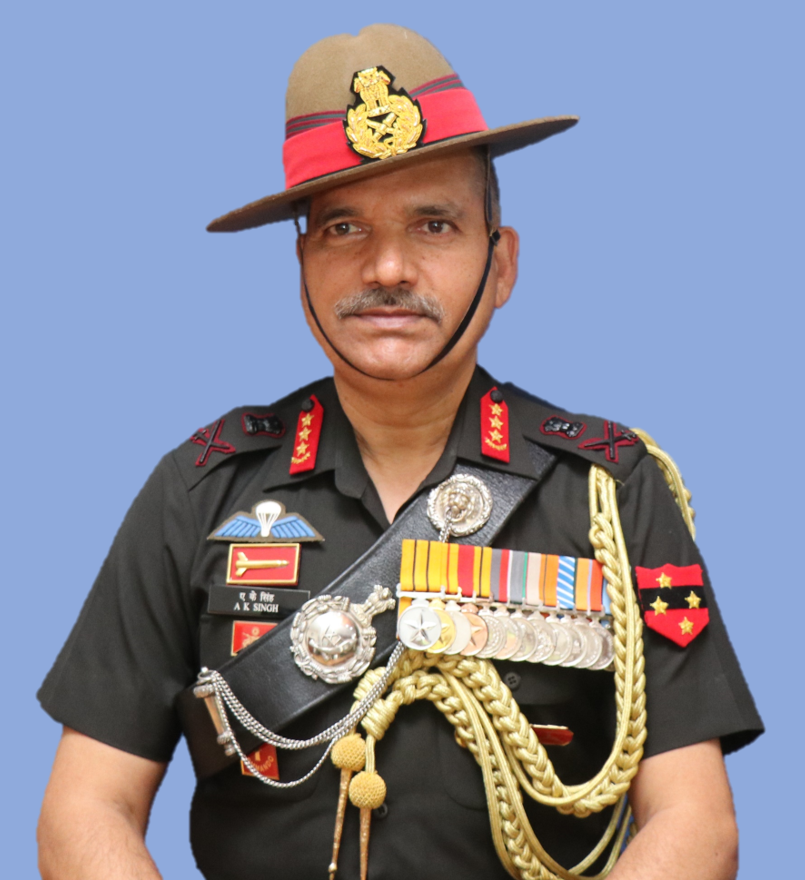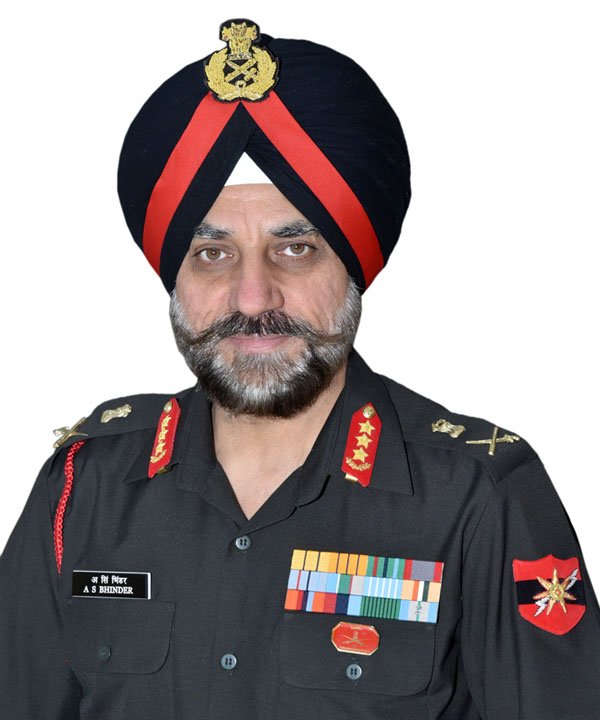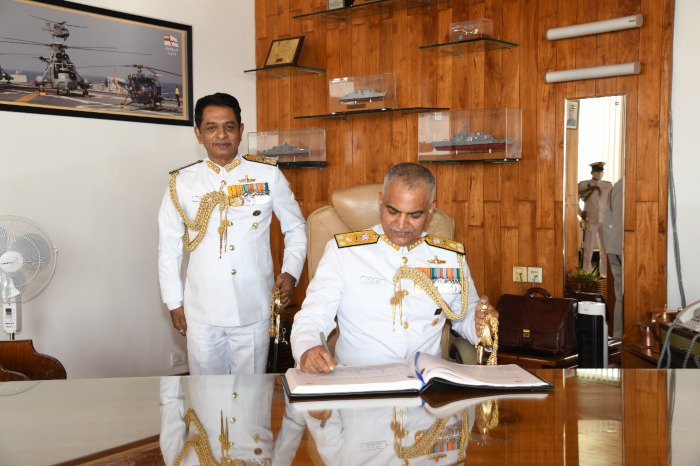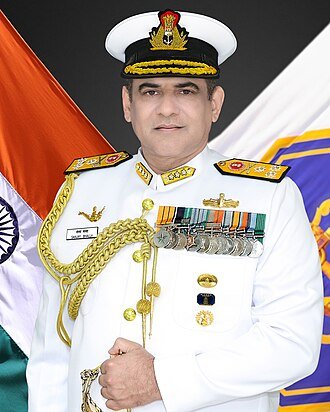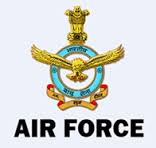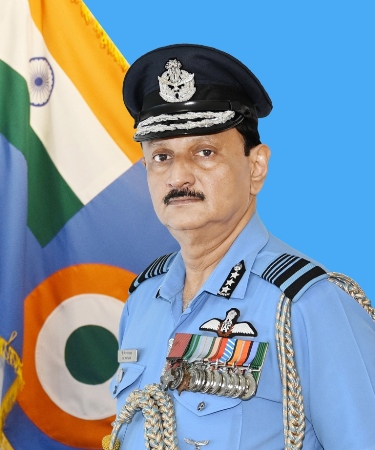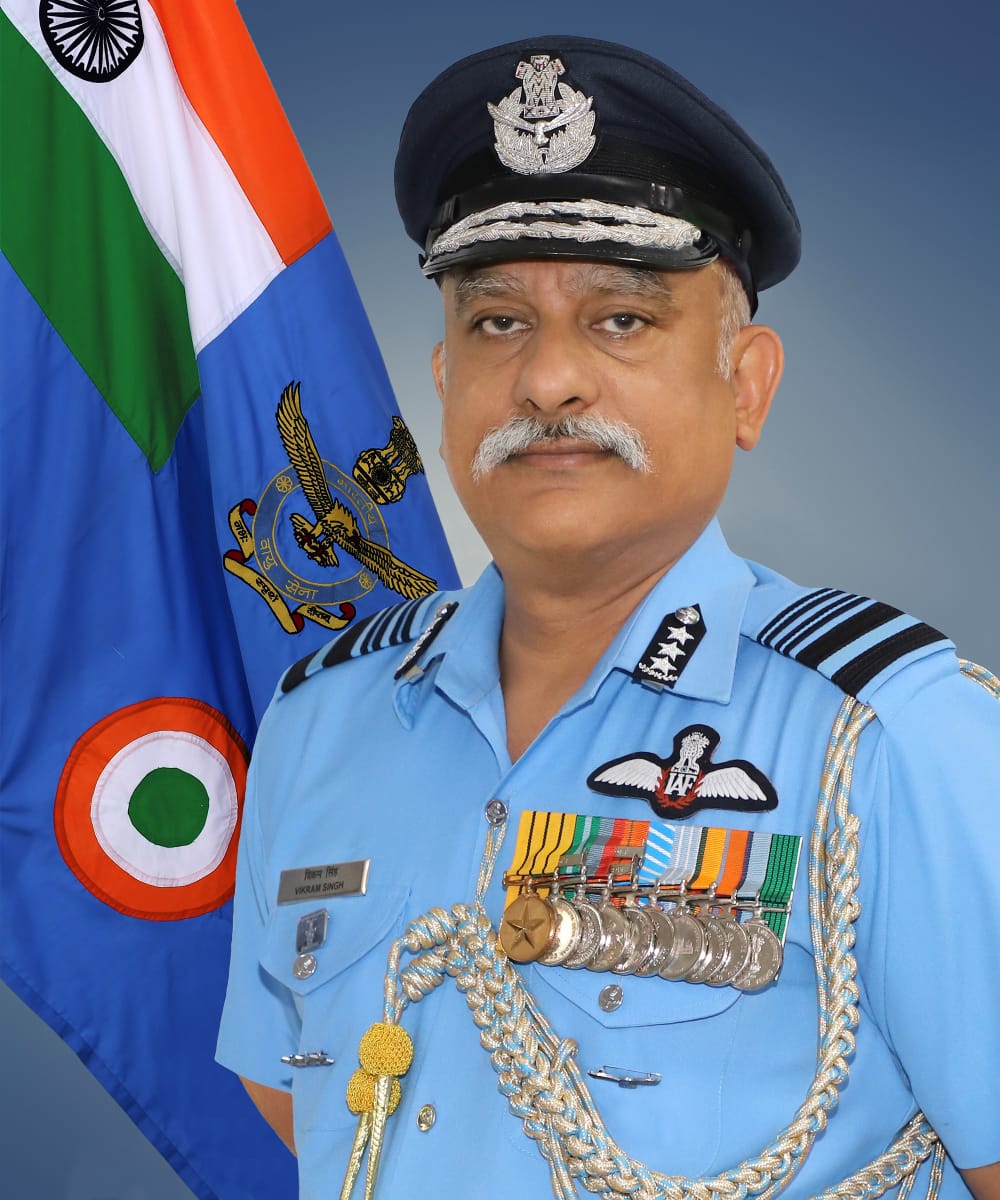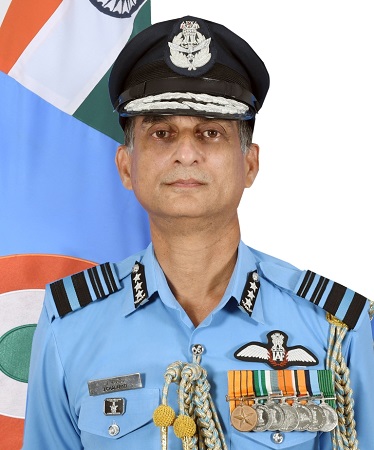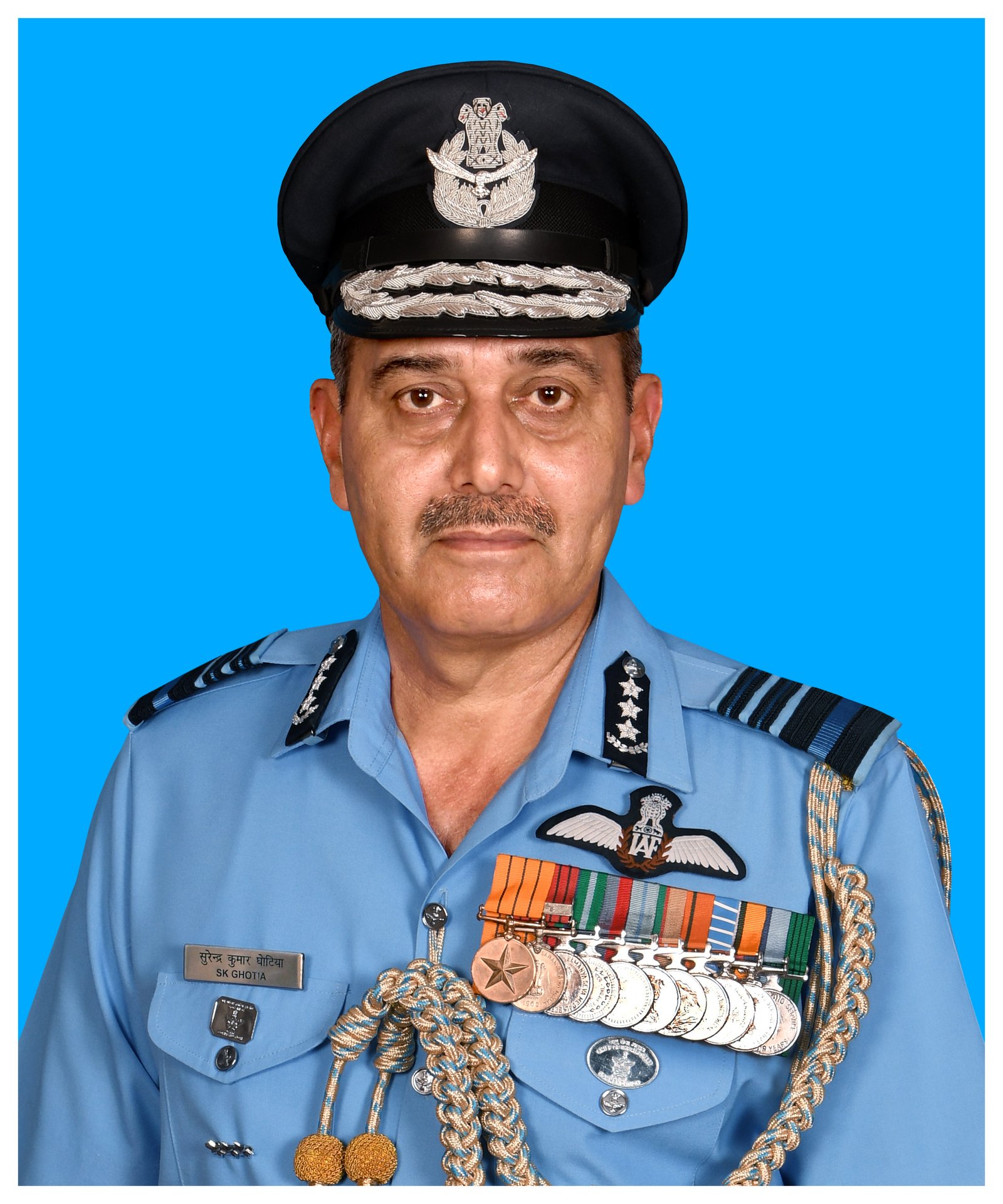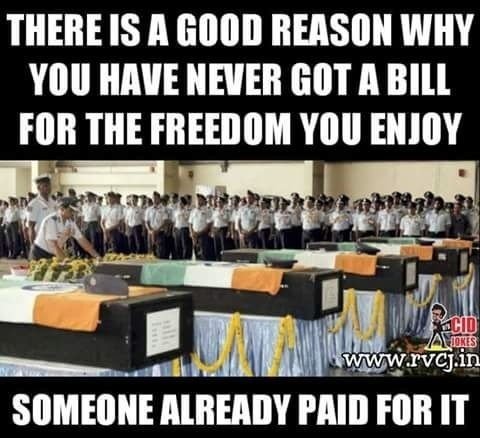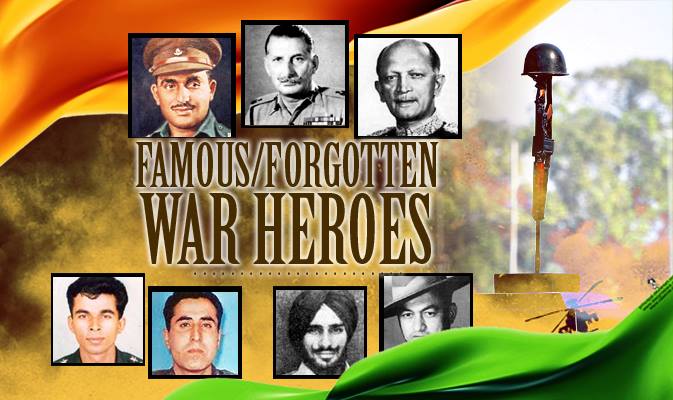
KOLKATA: India’s first warship exporter, the Garden Reach Shipbuilders and Engineers Ltd. (GRSE), has attracted interests from nearly a dozen countries for building warships, a top official here said on Thursday.
“We have received interest from at least a dozen countries, including the Philippines, Cyprus, Vietnam, Algeria and Egypt, for building warships,” GRSE chairman and managing director Rear Admiral A.K.Verma said.
“Countries from Africa, Asia and Latin America have shown a keen interest in our ship-building capabilities,” he added.
Verma said talks were on with these countries for building offshore and inshore patrol vessels and landing craft utility (LCU) meant for transporting equipment and troops on the shore. He said the success of CGS Barracuda – an offshore patrol vessel that was commissioned by the National Coast Guard of Mauritius earlier in the year – has established the GRSE’s shipbuilding credentials.
“Most of the countries realise that shipbuilding cost here is far less than European shipbuilders and once our technology is proven, then there will not be any problem in getting foreign orders,” Verma said.
“The export of CGS Barracuda has already generated quite an interest among foreign countries and has played a part in establishing our technology credentials,” he added.
GRSE has also been shortlisted for the tendering process for building two frigates for the Philippines Navy.
“GRSE is the only Indian shipbuilder which has been shortlisted along with two Korean and two European companies. The bidding process is expected to commence in December and we are very confident of being competitive,” he said on the sidelines of a ceremony for the handing over of anti-submarine warfare (ASW) corvette ‘Kadmatt’ to the Indian Navy.
Kadmatt is the second of the four ASW corvettes being built at the GRSE.
The GRSE, which is currently building around 24 warships for the Indian navy, will also be entering into a contract in December with the Indian Coast Guard for building five inshore-patrol vessels.










